Will Chicago’s Better Streets for Buses plan result in real BRT this time?
Let's keep our fingers crossed that, unlike Ashland BRT, the city will come up with a fast bus proposal that actually goes somewhere.
3:10 PM CST on December 3, 2023
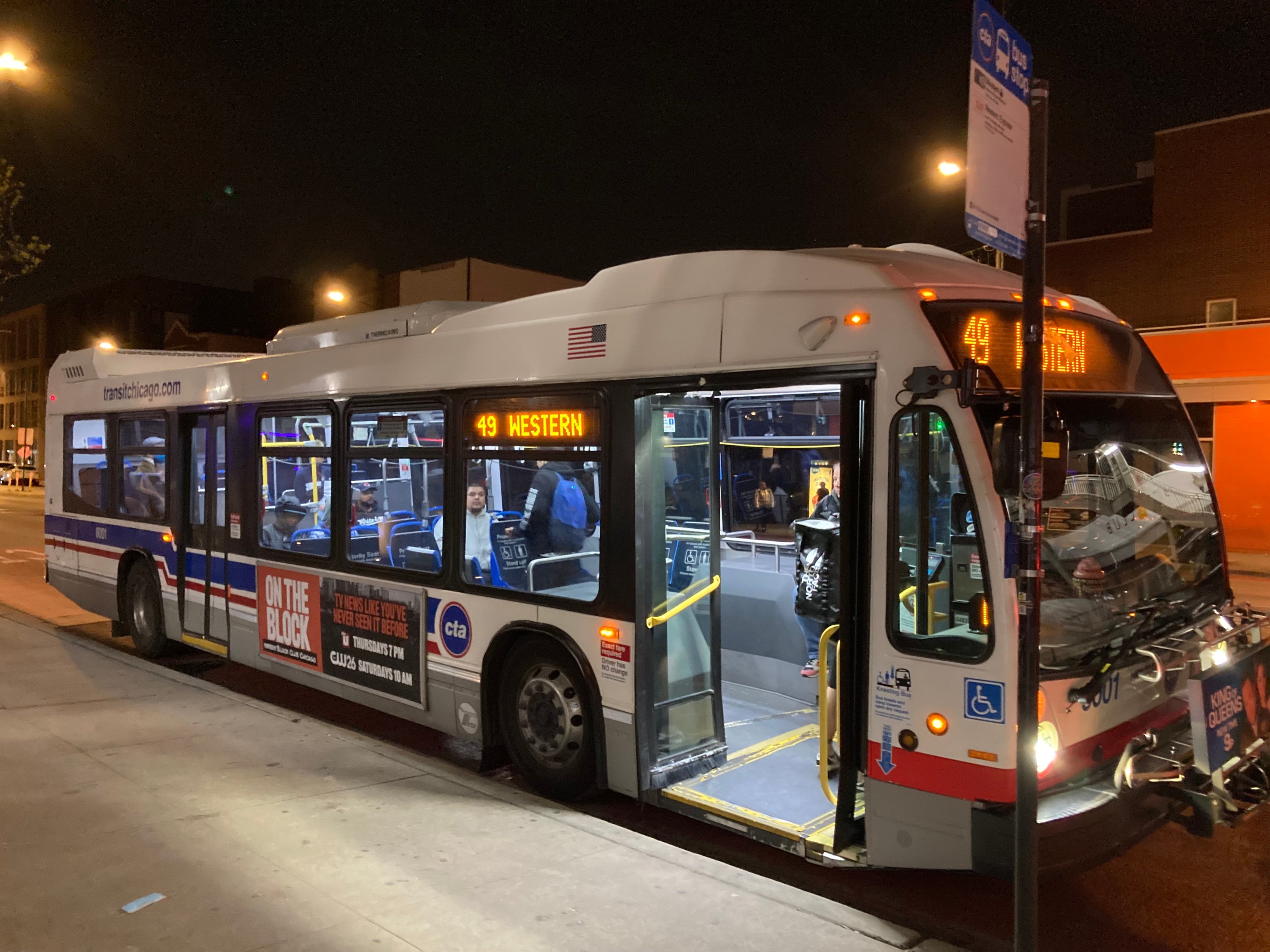
Western Avenue is identified as one of the 17 Better Streets for Buses high-priority corridors. Photo: John Greenfield
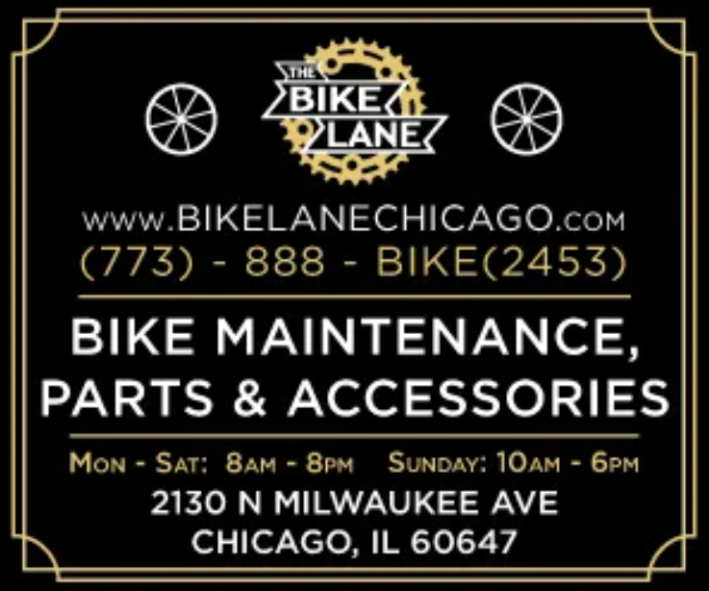
The CTA's current challenges with providing safe, reliable, frequent, and pleasant public transportation are well-documented, with some local politicians and transit advocates calling for President Dorval Carter Jr. to be replaced. But it added insult to injury last week when the American Public Transportation Association announced that Los Angeles, a larger but historically much more car-centric city than Chicago, has finally overtaken us for transit ridership.
It's #SpotifyWrapped time! In our version of #TransitWrapped, see the U.S. public transportation agencies with the highest ridership between Sept. '23 and Oct. '22.
— APTA (@APTA_info) November 29, 2023
1. @MTA 2.8 Billion
2. @metrolosangeles 280 Million
3. @cta 270 Million
4. @wmata 243 Million
5. @MBTA 239 Million pic.twitter.com/qlIKVZwnTD
But that embarrassing statistic wasn't surprising, since in recent years the City of Angels has put much more effort into funding and building fast train and bus lines than we have. And last spring LA launched a 300-person Metro Ambassadors program to improve safety, do outreach, and help connect unhoused people with services. Read about my recent experiences with LA transit here.
But there was also glimmer of hope for Chicago transit last Thursday as the CTA and the Chicago Department of Transportation released the "Better Streets for Buses Plan," a strategy for speeding up sluggish service on key corridors. According to the city's news release , the document "[lays the groundwork for... investments in street, signal, and sidewalk infrastructure–all designed to achieve faster and more reliable bus service, improved access to bus stops, and better bus stops."
"The city of Chicago now has a framework to develop an organized program of projects – both small and large scale – that will improve the bus riding experience now and for generations to come," said the embattled Carter in a statement.
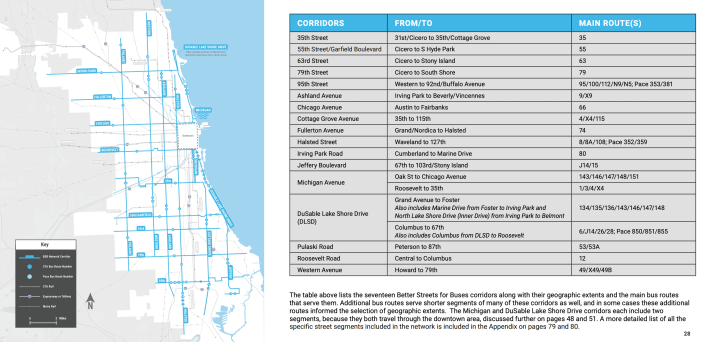
The Better Streets for Buses Plan was created with feedback gathered through a public input process. The document features a grid of 17 bus routes across Chicago, plus a "toolbox" of 19 possible street redesign options like better bus stops, transit signal priority, and bus-only lanes.

"Better Streets for Buses lays the groundwork for making strategic investments in our streets, sidewalks, signals, and other public infrastructure to improve every step of the rider’s experience," stated acting commissioner of CDOT Tom Carney. "CDOT and CTA will continue to closely collaborate on implementing this plan."
According to the release, during the feedback phase, the CTA and CDOT got input from over 1,300 people citywide through the Better Streets for Buses website; online and in-person meetings; email; phone; text, and written comment cards. The city also looked at data on racial and economic equity; bus ridership; transportation mode share; whether or not a bus route runs through areas served by CTA and Metra trains; and other factors.
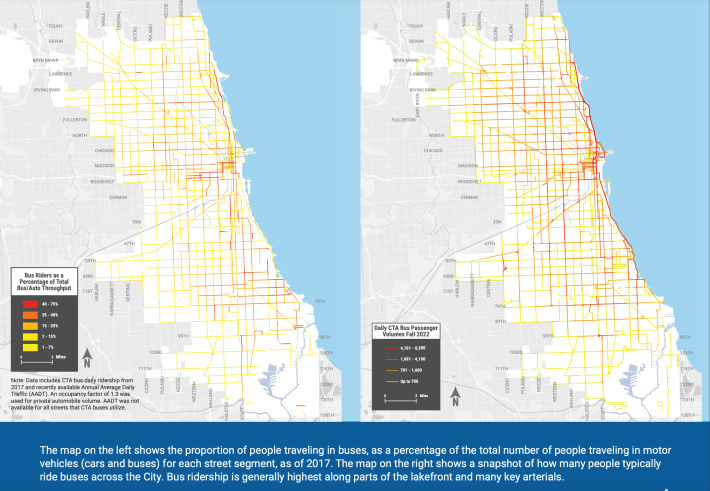
Despite all the research and community input, the document doesn't specify which design strategies should be applied to which bus routes. Perhaps that's a strategy to avoid the kind of NIMBY pushback that killed the city's Ashland bus rapid transit proposal, which called for converting two travel lanes to bus-only to allow near-'L'-train speeds, roughly a decade ago. "Rather it offers a menu of improvements that can be applied depending on the needs of a specific corridor," the release says. So it looks like the city won't be proposing any bold changes to street design in the future unless the CTA and CDOT have confidence that there won't be a heavy backlash this time.
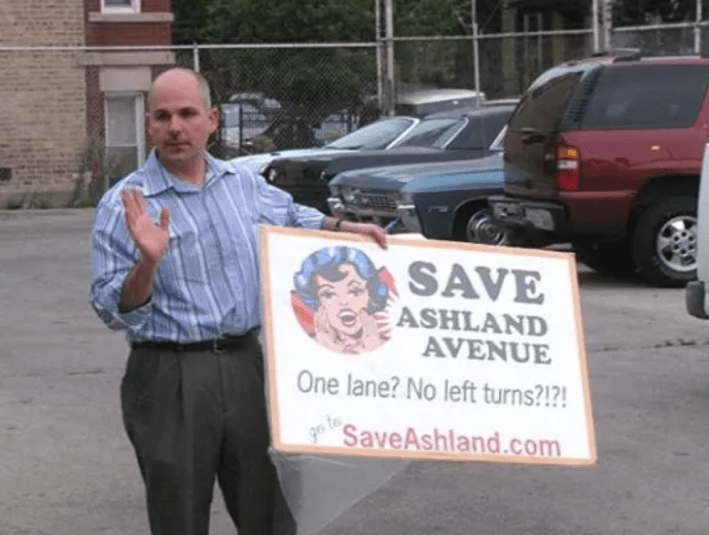
With that in mind, the departments have secured a grant from Cook County's Invest in Cook program. That will pay for more outreach to collect public feedback, come up with specific proposals, and design at least three bus-priority corridors out of the 17 routes identified in the plan.
Meanwhile other, not especially effective so far, CTA-CDOT programs, like the non-camera enforced Bus Priority Zones program will continue. (The new Smart Streets Pilot Ordinance, passed earlier this year, may eventually make enforcement of rules against parking – but not driving – in bus-only lanes more effective.

The Better Streets for Buses Plan was funded by a $300,000 Unified Work Plan grant overseen by the Chicago Metropolitan Agency for Planning.
Active Transportation Alliance managing director of advocacy Jim Merrell applauded the city's announcement. "Over the past 20 years, average CTA bus speeds have slowed by 9 percent, and we know slow bus speeds make buses less reliable and more expensive to operate," he said in a statement. "Better Streets for Buses expands on the vision put forth in Mayor Johnson's Transition Report to create a robust network of bus priority streets throughout Chicago. We look forward to supporting the implementation of true transit priority streets to create a more equitable and reliable bus riding experience for all Chicagoans."
Merrell accurately noted that in 2023 CDOT seemed to have gotten serious about catching up with peer cities when it comes to installing concrete-protected bike lanes. "Better Streets for Buses is an opportunity to see a similar revolution take place on our streets, but this time for our buses, which are the backbone of our public transit network," he stated. "We hope to see more resources put towards city agencies collaborating together for these types of dynamic solutions to intersecting issues, specifically with dedicated staff at CDOT to work on transit infrastructure... 2024 will be a critical year for sustainable transportation advocates to get out and actively support the next phases of Chicago's push for transit priority streets."
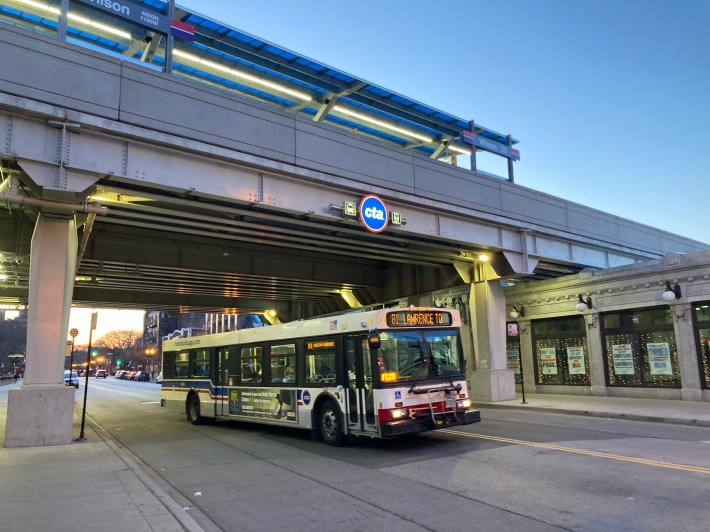
The grassroots transit advocacy group Commuters Take Action (CTAction) said in a statement that the plan is more than a year late, as it was originally scheduled for release in August 2022. But the members acknowledged, "This document provides a comprehensive toolbox to improve bus service and infrastructure in Chicago."
However, CTAction noted, "There are no plans to build out any of these improvements on a specific corridor, nor any firm commitments to implementing any bus improvements at all. This document put together public feedback and information on bus improvements, but does not take the final step of discussing how the feedback riders provided will directly lead to improvements being implemented on their commute. Especially given the length of time it took for the CTA and CDOT to put this document together, we would have hoped it would have come with a commitment and trackable plan to provide better streets for buses."
But the CTAction statement ended on an upbeat note."We are optimistic that the publication of this document, along with the Invest in Cook funds that the CTA received earlier this year to complete a feasibility study of bus improvements on a few specific corridors, may lead to the implementation of bus rapid transit in the future."
So let's keep our finders crossed that, unlike Ashland BRT, the city will come up with a fast bus proposal that actually goes somewhere. Streetsblog Chicago will take a deeper dive into the Better Streets for Buses document soon.

Did you appreciate this post? Please consider making a tax-deductible donation.
In addition to editing Streetsblog Chicago, John writes about transportation and other topics for additional local publications. A Chicagoan since 1989, he enjoys exploring the city on foot, bike, bus, and 'L' train.
Stay in touch
Sign up for our free newsletter
More from Streetsblog Chicago
Johnson appoints one West Side pastor to CTA board, then nominates another West Side pastor for RTA board
Supporters argue that, despite his lack of transit expertise, Ira Acree’s social justice experience and political connections could be an asset for the RTA board.
Today’s Headlines for Thursday, April 26
The de-facto ban on riverwalk biking is back. What should we do about it?
In the short term, new signage is needed to designate legal areas for cycling on the path. In the long term CDOT should build the proposed Wacker Drive protected bike lane.


